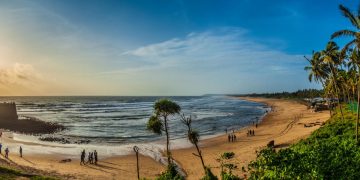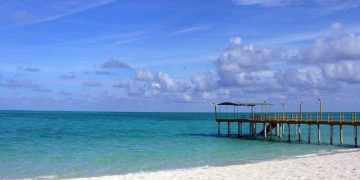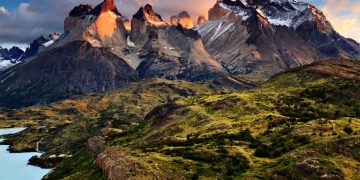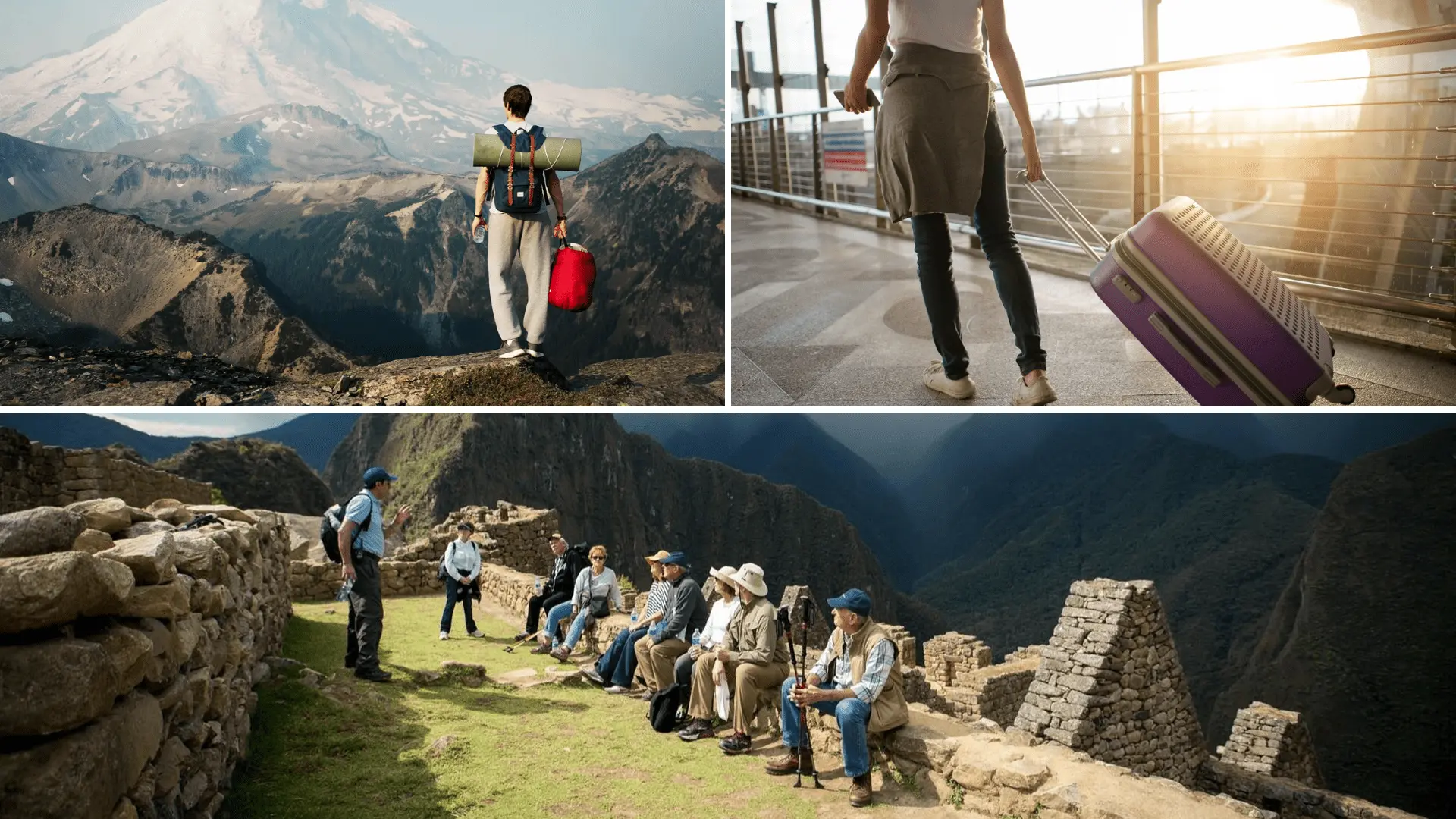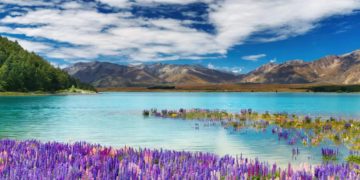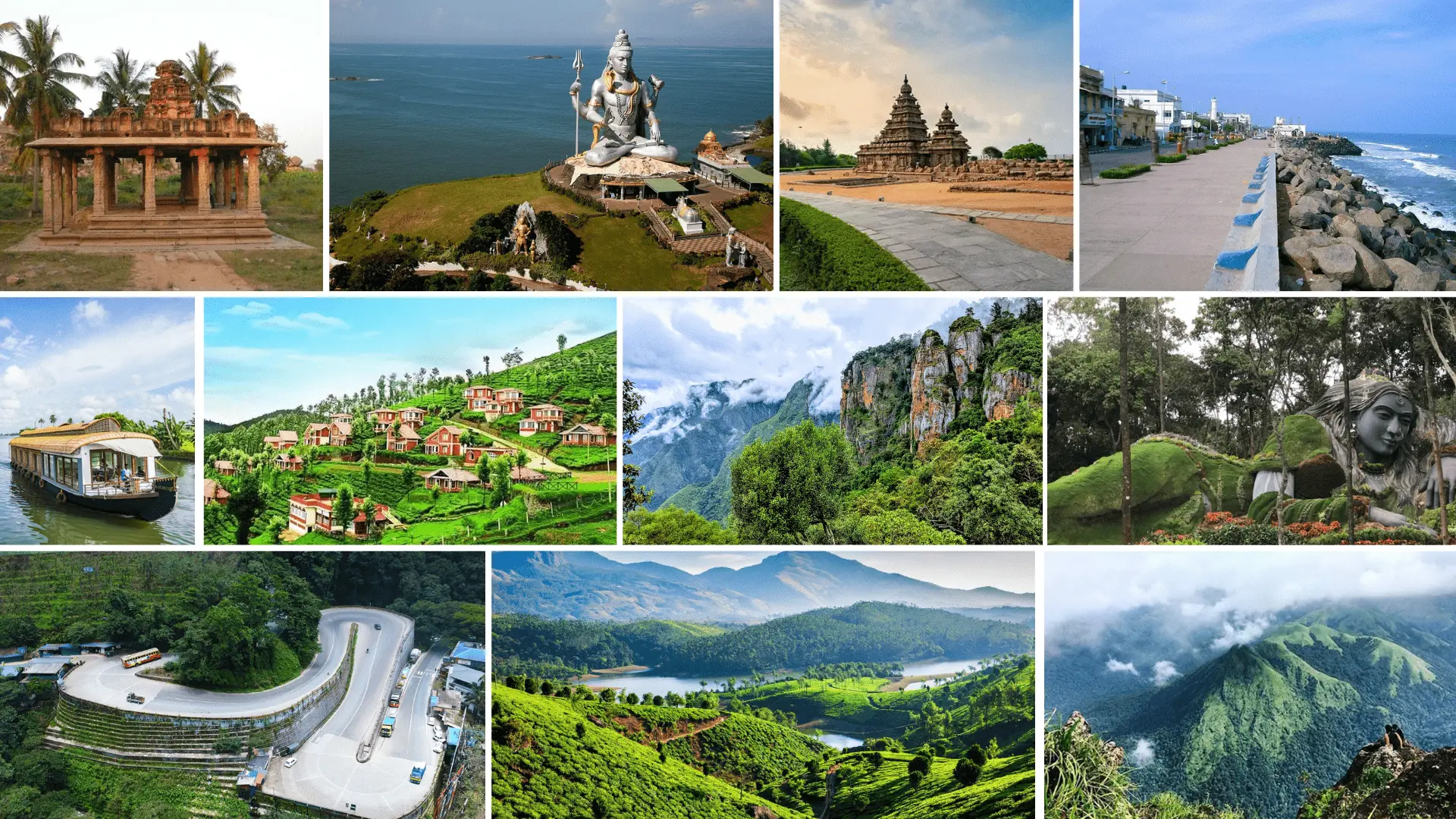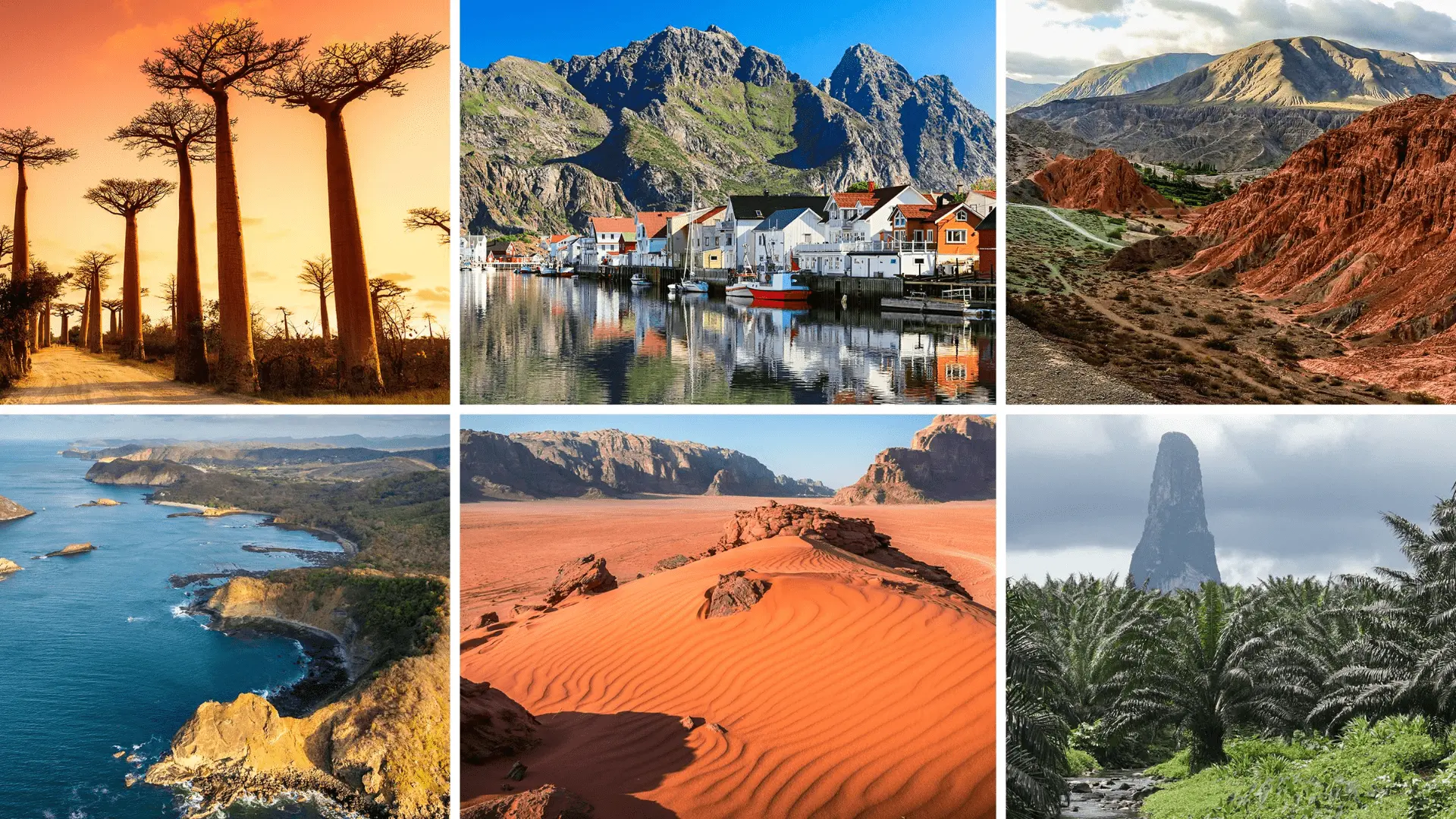Vaishali is considered the first republic in the world, Vaishali derives its name from King Vishal of the Mahabharata era. It is said that he built a great fort here, which is now in ruins. Vaishali is a great Buddhist shrine and also the birthplace of Lord Mahavira. It is said that Buddha visited this place thrice and spent a long time here. The Buddha also gave his last sermon at Vaishali and announced his nirvana here. After his death, Vaishali also held the second Buddhist Council.The great Lichchavi clan ruled Vaishali in the sixth century BC and the empire extended to the hills of Nepal. The Lichchhavi state is considered the first republic state of Asia. According to the Jataka tales (Buddhist story books accounting for the different births of the Buddha), Vaishali was ruled by about 7707 kings of the Lichchavi dynasty. The great Magadha king Ajatashatru founded Vaishali in the fifth century BC and after that Vaishali gradually lost its glory and power.
Raja Vishal Ka Garh
The hill has tower stays at its corners and is encompassed by a canal. The enormous stage of this hill is said to have been the parliament of King Vishal. It has an outline of 1 km and dividers that are 2 metres high. There is also a 43 metres wide channel. The place can accommodate a total population of 7000 people at once. There is also a Coronation Tank near Raja Vishal Ka Garh and the water of this tank was used to bless select delegates during the time of King Vishal.
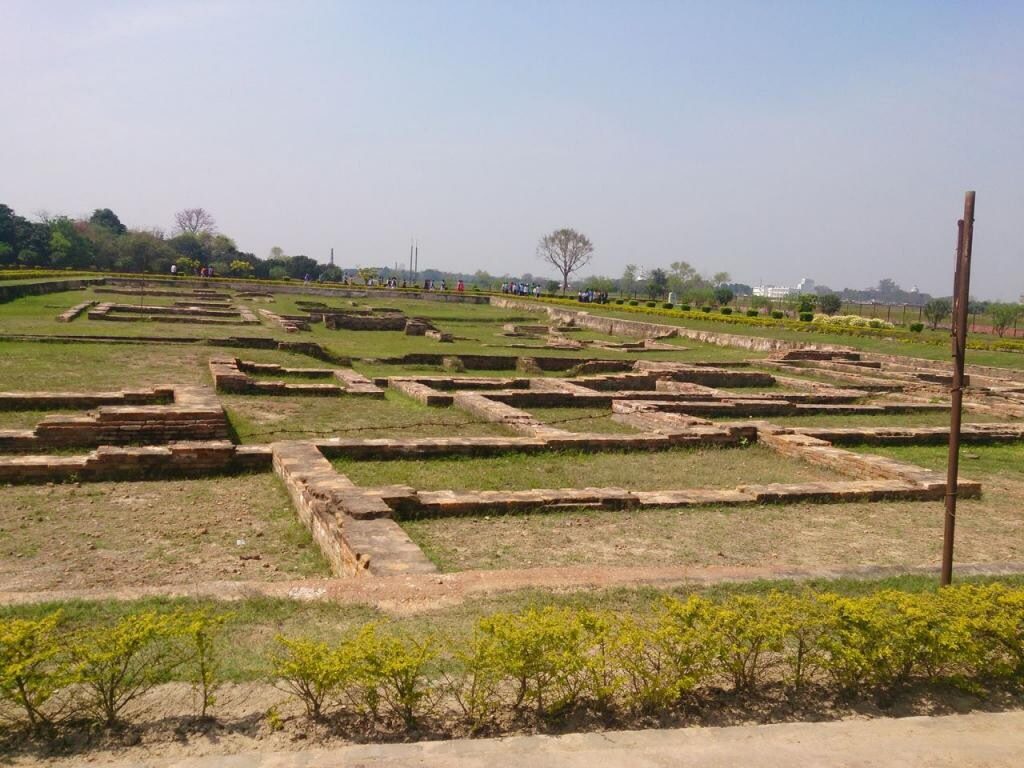
Ashokan Pillar, Kolhua Vaishali
Kolhua is a famous Buddhist excavation site situated approximately 65 km North-West of Patna. The excavations have revealed the famous Ashokan Pillar having a statue of lion on the top. Excavations also revealed, many other articles related to Buddhism.
Emperor Ashoka built The Lion Pillar at Kolhua. It is made of a highly polished single piece of red sandstone, surmounted by a bell shaped capital, 18.3 m high. A life-size figure of a lion is placed on top of the pillar. There is a small tank here known as Ramkund. This pillar beside a brick stupa at Kolhua commemorates Buddha’s last sermon.
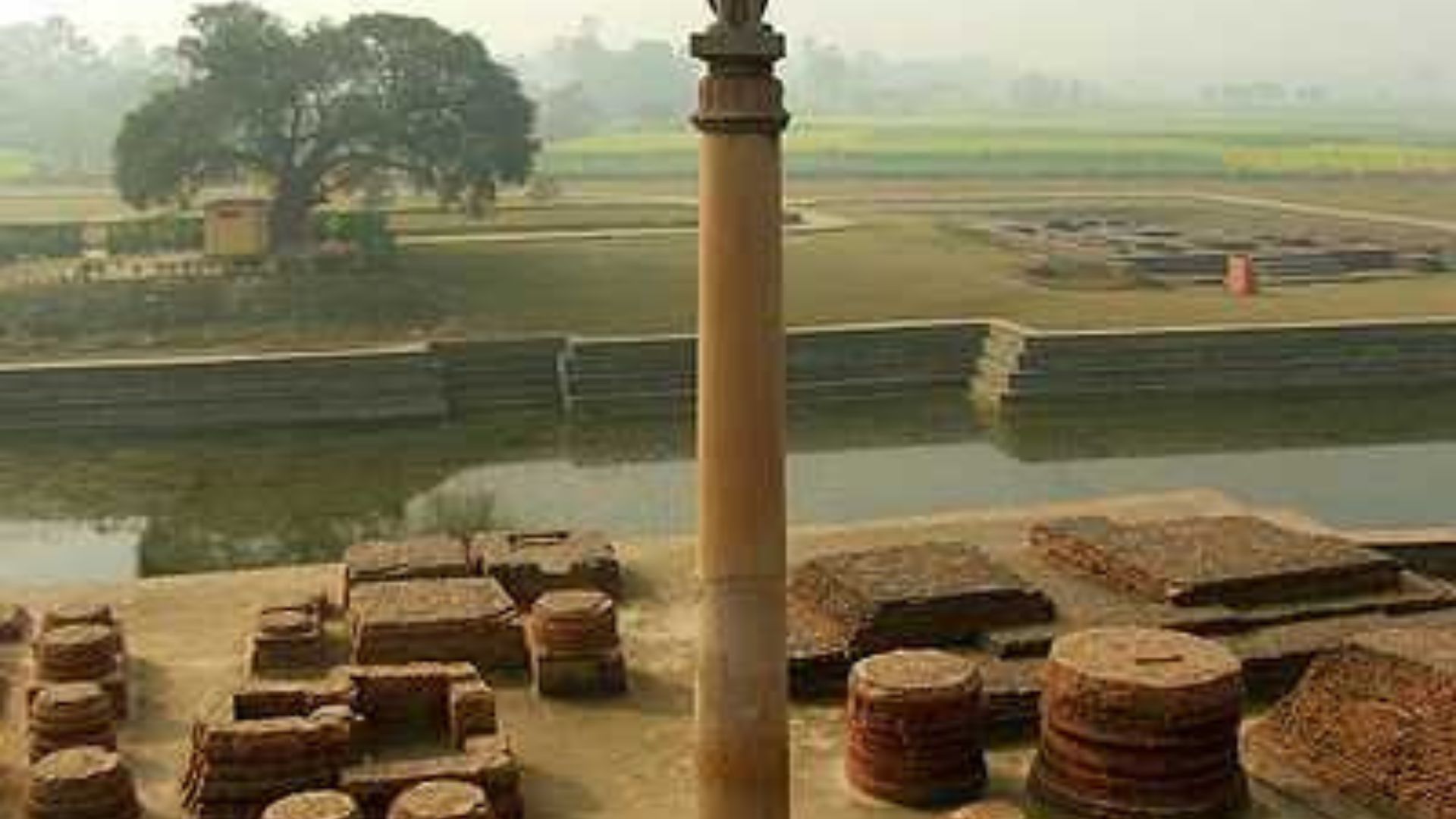
One of the most popular sites for Buddhists, this site enshrines the holy ashes of Lord Buddha.
Buddha Relic Stupa, enshrining one of the eight parts of the mortal remains of Lord Buddha after he attained Mahaparinirvana, is one of the most revered sites for Buddhists and a protected one for Archaeological Survey of India (ASI), located around 55km northwest of Patna in Vaishali district.
The Buddha Relic Stupa was built by Lichhavis as a mud-stupa in the 5th century BC. The stupa was later discovered in an archaeological excavation carried out under the aegis of Patna-based K.P. Jayaswal Research Institute during 1958-1962. The relic casket excavated from the core of the stupa contained the holy ashes of Lord Buddha mixed with earth, a piece of conch, pieces of beads, a thin golden leaf and a copper punch-marked coin. The casket was brought to Patna Museum in 1972.
Lord Buddha has spent a significant time of his life here and he used to visit Vaishali every now and then. Also, his last sermon was held here in Vaishali, which marks the town as an extremely significant center for Buddhism. To mark this event King Ashoka, who embraced Buddhism after the massacre of Kalinga, he decided to erect one of his remarkable pillars here. Apart from Buddhists, Vaishali is revered as a holy place by Jains because it also happens to be Lord Mahavira’s birth place.


